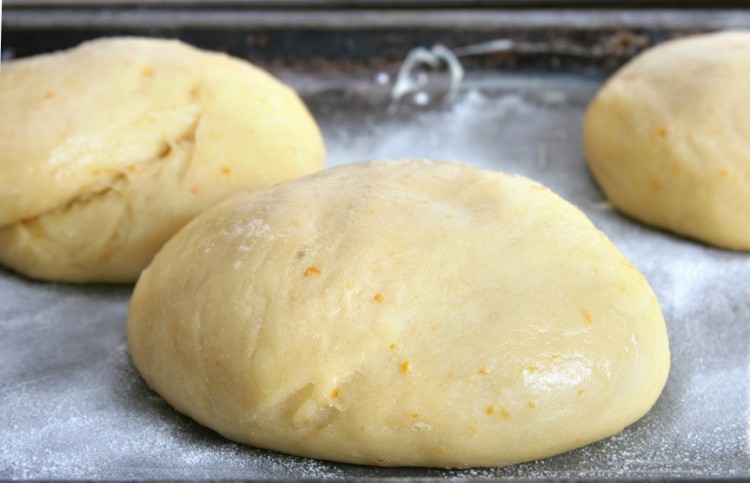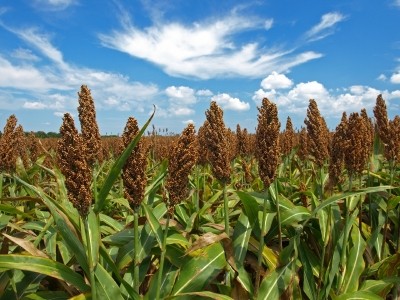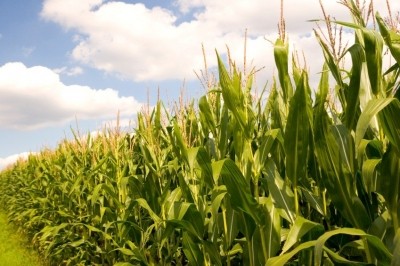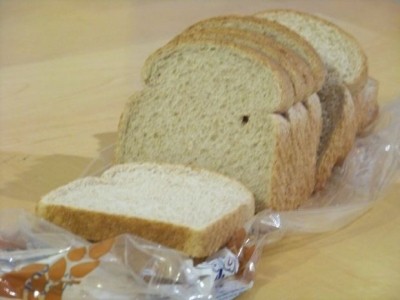Pea protein favored for starch based gluten-free bread: Study

The study published in Food Hydrocolloids also tested other non-gluten proteins including albumin, collagen, lupin and soy.
Findings showed that all proteins increased the nutritional profile of the bread and could effectively prolong shelf-life but that bread with pea protein was “the most acceptable among analyzed samples”.
The study found pea protein created the most acceptable flavor, color, smell and bread crumb in the final product.
The least accetable was soy protein as it created reduced loaf volumes and a compact structure.
“Although the use of soy protein significantly improves the nutritional value of gluten-free bread because of its enrichment in lysine and methionine, the addition of these proteins reduces the acceptability of sensory attributes of bread,” the team of Polish researchers wrote.
The study did note that acceptability of overall appearance was highest for the control bread that had no protein additions.
Method
Dough used in the research consisted of corn starch (400g), potato starch (100g), pectin (8.3g), guar gum (8.3g), yeast (25g), sugar (10g), salt (8.3g), oil (15g) and water (517g).
The test formulations removed 10% of the original corn (40g) and potato starch (10g) and replaced it with 50g of protein preparations.
Bread volume was assessed and sensory analysis was conducted by a sensory panel consisting of 14 experts. Crumb color and texture profile was also analyzed.
Protein blends must be individually optimized
“The contribution of individual proteins modified the viscoelastic properties of gluten-free dough in a variety of ways…Partial replacement of starch with non-gluten proteins also affected sensory properties of bread and crumb color,” the researchers wrote.
The researchers warned that when using protein blends to increase nutrition and prolong shelf-life in gluten-free breads, blends must be individually optimized due to differences in the water binding capacity and emulsifying properties.
Source: Food Hydrocolloids
Published online ahead of print, doi: 10.1016/j.foodhyd.2013.01.006
“Supplementation of gluten-free bread with non-gluten proteins. Effect on dough rheological properties and bread characteristic.”
Authors: R. Ziobro, T. Witczak, L. Juszczak and J. Korus
















